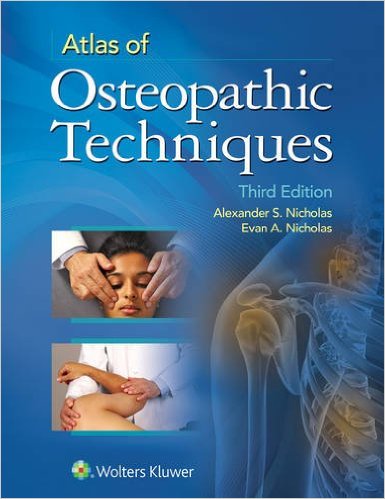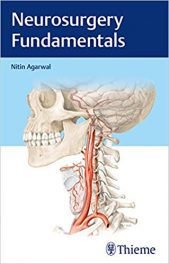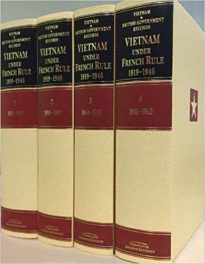Authors: Alexander S. Nicholas, DO, and Evan A. Nicholas, DO
Publisher: Wolters Kluwer | Lippincott, Williams & Wilkins – 606 pages, with 1,000+ images
Book Review by: Sonu Chandiram
Osteopathy was founded by Andrew Taylor Still (1828-1917). According to an article in Wikipedia, he was a physician and surgeon, one of the founders of Baker University, the oldest four-year college in Kansas, an author, and state legislator. He was also the founder in 1892, of the American School of Osteopathy (now known as A.T. Still University), the world’s first osteopathic medical school in Kirksville, Missouri.
Because medical practices of his day often caused significant harm and resulted in deaths, Andrew Still reasoned that conventional medicine had failed to shed light on the etiology and effective treatment of disease.
Medications, surgery, and other traditional regimens in those days often caused more harm than good, especially when substances such as arsenic, castor oil, opium, and whiskey were given to patients. Also, unsanitary surgical procedures resulted in more deaths than cures.
Seeking to reform nineteenth-century practices, Andrew Still investigated alternative treatments such as bone-setting, diet, hydropathy, and magnetic healing. He also reasoned that “rational medical therapy” should consist of manipulation of the musculoskeletal system, and very spare use of drugs such as anesthetics, antidotes, and antiseptics.
He came up with the term osteopathy which consisted of a combination of the Greek words osteo meaning bone and pathos which refers to suffering. He reasoned that physiologic dysfunctions are grounded in a disordered musculoskeletal system.
The first edition of this book – which presents and discusses in detail numerous and various osteopathic manipulative techniques – was published in 1974 by the authors’ father Nicholas S. Nicholas.
Osteopathic medicine has undergone many changes since it was first practiced in the nineteenth century to its evolution in present-day practice, with many scientific findings, and better understanding of biologic processes by which the human body functions.
This book presents the basic principles of osteopathic medical practice, diagnostic and therapeutic procedures, and manipulative techniques. It consists of 18 chapters organized in two Parts, as listed below:
- Part I – Osteopathic Principles in Diagnosis
- Principles of the Osteopathic Examination
- Osteopathic Static Musculoskeletal Examination
- Spinal Regional Range of Motion
- Osteopathic Layer-by-Layer Palpation
- Inter-segmental Motion Testing
- Part II – Osteopathic Manipulative Techniques
- Principles of Osteopathic Manipulative Techniques
- Soft Tissue Techniques’
- Myofascial Release Techniques
- Counterstrain Techniques
- Muscle Energy Techniques
- High-Velocity, Low Amplitude Techniques
- Facilitated Positional Release Techniques
- Techniques of Still
- Balanced Ligamentous Tension and Ligamentous Articular Strain Techniques
- Visceral Techniques
- Lymphatic Techniques
- Articulatory and Combined Techniques
- Osteopathic Cranial Manipulative Medicine
Visit http://thepoint.lww.com to learn more about thePoint and its ancillary materials. Use the access code provided on the inside front cover of this book by scratching off the silver coating.
Get access to the online version of the Atlas of Osteopathic Techniques, 3rd edition. Also view videos that dynamically illustrate the techniques described in this book.
Faculty members: please contact your representative for access to instructor resources via the Point.
On nine pages before the first chapter begins, you will find a List of Techniques found in each chapter, which you can use as a reference.
Each of the chapters contains numerous illustrations, which consist of actual photos of patients being treated on different parts of their bodies, and sketches. Step-by-step instructions on how to administer the techniques are also provided. A list of References for further study is provided at the end of each chapter.
This is a rare, detailed, and valuable book on osteopathic medicine, including diagnosis and treatment.
Editors:
Alexander S. Nicholas, DO, FAAO is Professor and Chairman of the Department of Osteopathic Manipulative Medicine at Philadelphia College of Osteopathic Medicine in Philadelphia, Pennsylvania.
Evan A. Nicholas, DO is Associate Professor in the Department of Osteopathic Manipulative Medicine at Philadelphia College of Osteopathic Medicine in Philadelphia, Pennsylvania.







